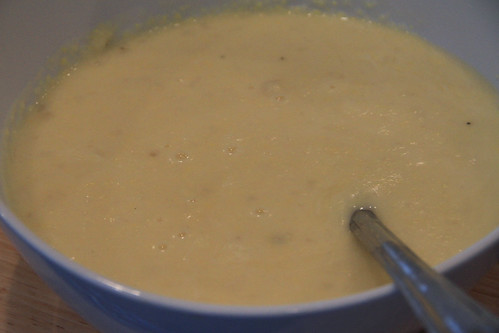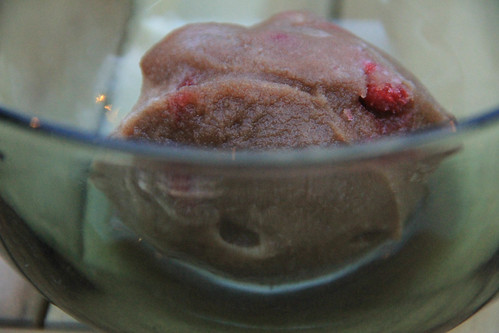While the language, culture, and some of the food of this little seaside country are definitely Slavic, the food of Montenegro evinces a strong Italian influence. It's the consequence of centuries under Venetian rule and influence, plus the lingering effect of being a hop across the Adriatic from the boot of Italy. The result is a cuisine that is both high in milkfat but that also has a place for delicate flavors. Really, it was quite delicious. Ellenby Ellenby Ellenby Ellenby Elizabeth Elizabeth +1 Tink Tink +1 Kristin Winslow Ana DLR Ana DLR +1 Anna Marti Anna Marti +1 Anna Sagatelova
Our guests were the Ellenby family, Elizabeth, Tink, Kristin, Miguel, Ana, Anna, Anna, and friends.

Sok od Šipka | Pomegranate juice
Across much of Montenegro, wild pomegranates grow abundantly, and families press the juice and boil it down to syrup for use all year long.
Pomegranate juice is a fantastic example of the huge price differential you can find when shopping at an ethnic market. I found a three liter jar of the pure juice for $9 at the Russian market; you’d be lucky to buy a liter for that price at your local supermarket. Since it was already at drinking strength, it seemed silly to boil it down just to reconstitute it, so we enjoyed it straight.
Appetizer spread

In browsing various descriptions of Montenegrin food, just about all of them talked of a good meal starting with preserved meats and various cheeses. Unfortunately, I just couldn’t find the specific meat items they called for (in particular, a local variation of prosciutto), and the descriptions of the cheeses were quite vague. So I did my best and bought some stuff that looked good from the counter of the Russian market. Surprisingly, the most popular component was a generic-looking cheese that was sliced as a wedge from a hefty round; it was kind of in the direction of a queso fresco, but a bit firmer, and a bit squeaky on the tongue.
Pogača | Rustic bread | Recipe
A rich bread for a rich meal! Note how all the liquid comes from animal products, there’s not a drop of water in the dough. With all that lactose, it’s a quick riser, so there’s not a ton of flavor development from the yeast. But this bread has a solid crumb that’s equally good with cold cuts as well as soup.
Raštan | Collards | Recipe
With all the heavy meat and dairy in the rest of the meal, thank goodness there's a common dish of greens to provide a bit of balance. I made them without the pork because we had some non-red-meat eaters, but it was still nice. I like the bit of flour in there to make it a bit saucy, too.
Brav u Mlijeku | Lamb in milk | Recipe

What a happy accident! Since I ran out of stovetop space, I put the pot of lamb chunks in a milk bath into a low oven, left it uncovered, and then kinda forgot about it until the smell was irresistible. The milk got really thick, and the lamb got really soft, so it was all one great, smooth mess of a really dense and spectacularly tasty dish. Delicious as it was, I'm not confident I actually made it Montenegrin-style — while I heard many mentions of lamb in milk, details on the preparation were few, so I turned to this recipe from nearby Italy instead. Any leads, my friends?
Riblja čorba | Fish soup | Recipe

So simple, so tasty. It hardly requires a recipe: simmer fish with some vegetables and garlic, strain it and remove fish, cook rice with olive oil in the broth, put fish back in. Despite the lack of any exotic ingredients or flavor combinations, as long as you’ve got good fish (in this case, rockfish and black cod from the farmers market), you’ve got a great soup.
Smočani kačamak | Fatty porridge | Recipe

Can’t decide between polenta and mashed potatoes? Well, how about both, mixed with a hefty dose of sour cream plus some cheese! It was really tasty and extremely unnecessary given how much other rich food we had. Everyone ate it anyway, because it’s as yummy as it sounds.
Pomegranate sorbet | Recipe

Probably the most appropriate way to enjoy Montenegro’s most representative fruit would have been to simply peel and eat, but they were out of season. Given the Italian culinary influence, I figured a sorbet would be appropriate. It’s hard to tell if this is something they’d actually eat in Montenegro, but it was a delicious and light conclusion to an otherwise heavy meal.